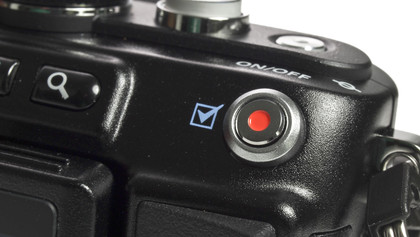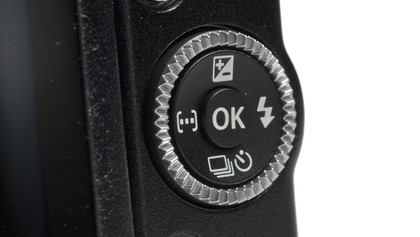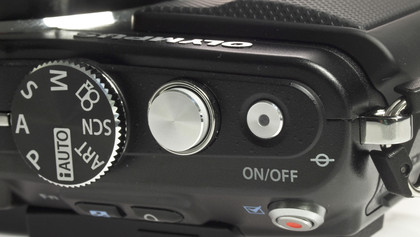Why you can trust TechRadar
As with previous PEN series cameras, Olympus has produced a camera that is very responsive and easy to use. Naturally, if you're already a PEN user, making the transition to the Olympus PEN Lite E-PL5 will be more or less seamless. It may also potentially be considered as a second or backup camera for Olympus OM-D users.
The grip on the front of the camera, combined with the thumb rest at the back, make this a great camera to hold, feeling secure in the hand even when shooting with one hand.

One of the best new features of the Olympus PEN Lite E-PL5 is the addition of a capacitive touchscreen. This now means that you've got both the benefits of a tilting device and a touch device in one. It's a shame that the screen isn't fully articulating, since this would have been more flexible for shooting in portrait mode.
You can flip the screen for taking self-portraits, down for shooting from a high angle, or up for shooting from a low angle. It's a little awkward to use, especially since you need to pull the screen out quite far to flip it up to portrait mode, but it's handy to have once you get used to using it.

Because the Olympus PEN Lite E-PL5's touchscreen is capacitive, it's very responsive and easy to use. Selecting autofocus points via a touchscreen is so much more convenient than using the physical buttons, though you can of course do that as well if you prefer.
You can also have the camera focus and trigger the shutter release via the touchscreen, which is useful for capturing quick moments. These options can be toggled between, using an on-screen option.

As with the Olympus PEN E-P3, you can reduce the size of the AF points to make it easier to select a small target, but the newer cameras enable you to do this however the AF point is selected, not just when you use the touchscreen.
Sign up for breaking news, reviews, opinion, top tech deals, and more.
On the Olympus OM-D, there's the option to access an on-screen quick menu that you can use to alter settings via the touchscreen. Sadly, this isn't available on the Olympus PEN Lite E-PL5. If you want to make quick changes without delving into the full menu, you can access a reasonably extensive range of settings by pressing the OK button on the back of the camera.

Like other PEN compact system cameras, there are fewer dials and direct access buttons than can be found on the Olympus OM-D, but there's still a fair amount of control that can be had via the body itself, especially when compared to the Olympus PEN Mini E-PM2.
For a start, the dial on the top of the camera enables you to quickly switch between different modes, such as fully automatic, semi-automatic (aperture and shutter priority) and fully manual.

The dial on the back of the camera can be used to set the aperture/shutter speed or exposure compensation, but first of all you need to hit the up button on the four way directional pad.
After using an OM-D for a while, it's a shame not to have quicker access to aperture priority, and it can seem a little bit fiddly having to push a button first to access this control. It's something you do get used to after a while though, so it's a relatively minor complaint.

The Olympus PEN Lite E-PL5, as with other PEN compact system cameras, does not feature a built-in viewfinder. You can purchase one separately if you feel that you're missing one, although composing with the screen is really very good.
An in-built flash is also not included, but one that slots into the hotshoe at the top of the camera is included in the box, should you want to use one.

Amy has been writing about cameras, photography and associated tech since 2009. Amy was once part of the photography testing team for Future Publishing working across TechRadar, Digital Camera, PhotoPlus, N Photo and Photography Week. For her photography, she has won awards and has been exhibited. She often partakes in unusual projects - including one intense year where she used a different camera every single day. Amy is currently the Features Editor at Amateur Photographer magazine, and in her increasingly little spare time works across a number of high-profile publications including Wired, Stuff, Digital Camera World, Expert Reviews, and just a little off-tangent, PetsRadar.
